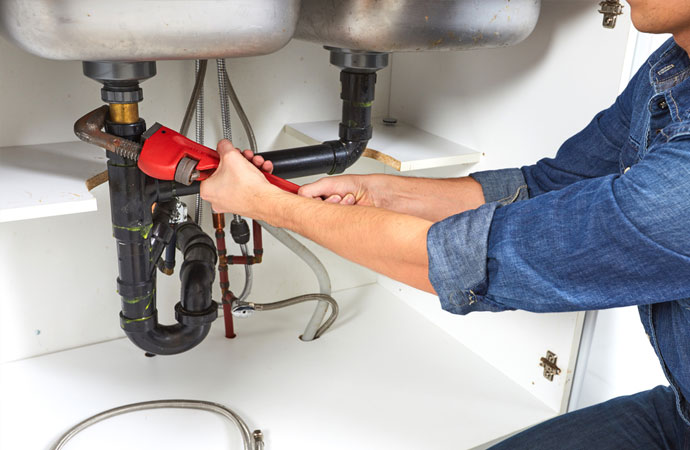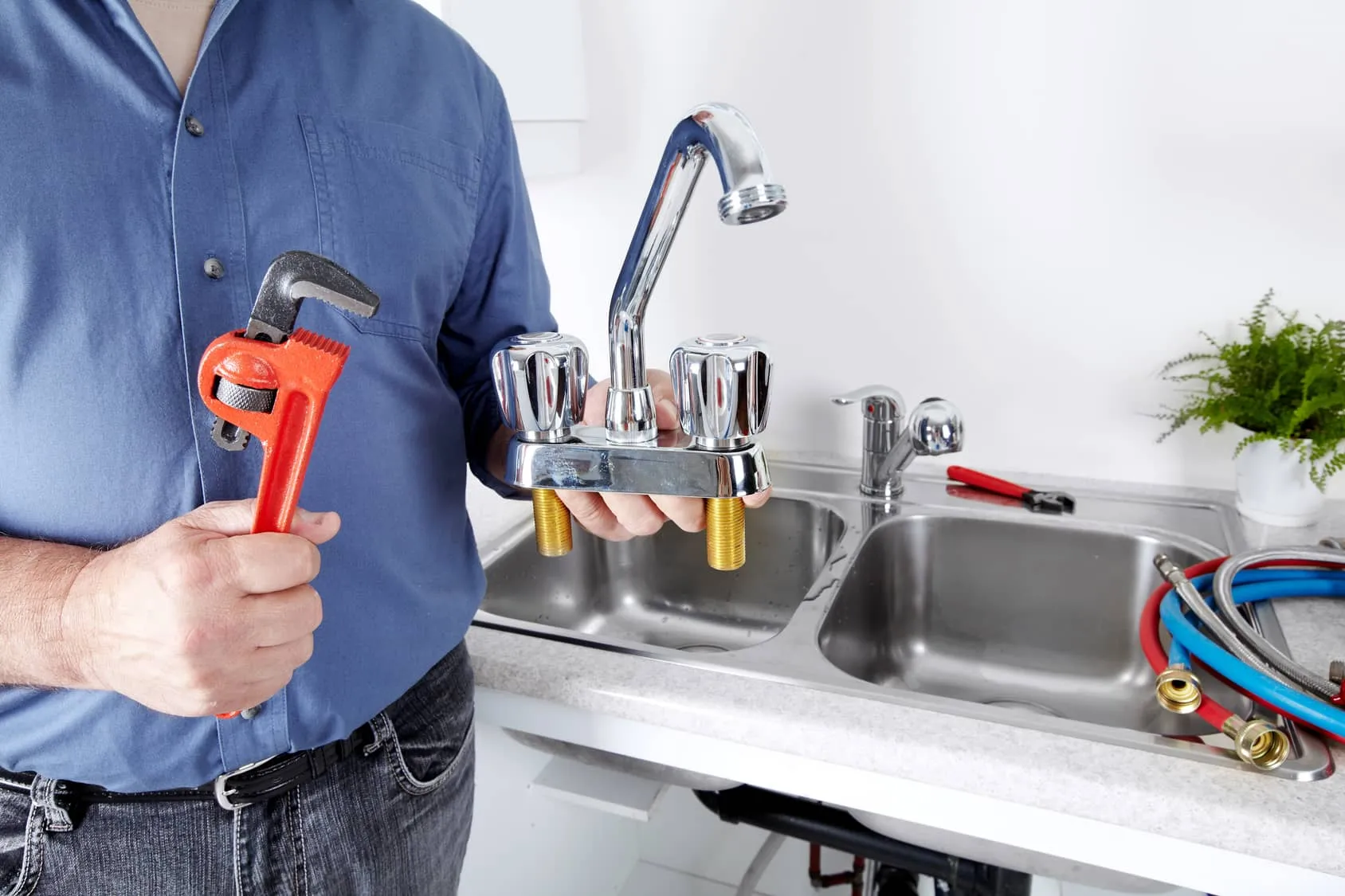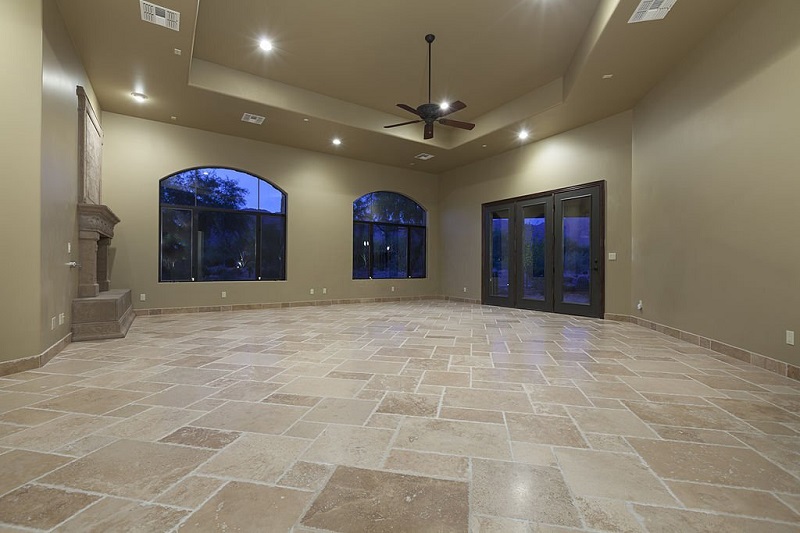One of the essential bathroom and kitchen utilities is the sink. It helps you wash your hands and your crockery. The sink is connected to a water supply and the drainage system. The entire assembly includes the sink, taps, connecting pipes, faucets, and drain sieves.
People waste more than a trillion gallons of water annually because they do not give importance to sink problems. Many do not realize the problems water leakages can cause. Apart from other common plumbing problems such as Shower Pump Repair, sink problems top the list of plumbing complaints. Let us look at some of the common plumbing problems associated with sinks and what are the necessary repairs.
Low Water Pressure
Low water pressure in your sink can be because of two reasons. Either the main water supply needs to be fixed, or there is something wrong with your sink. If the water flow to the rest of your plumbing utilities is adequate, but you are facing low water pressure in your sink, the problem is localized.
If both the hot and cold water has low pressure, this may indicate a problem with your faucet, and you need to check the faucet aerator. A build-up of calcium deposits and other particles in the aerator can obstruct the flow of water and reduce the pressure. This problem is common in areas where the water supply has higher concentrations of heavy metals.
The aerator is located at the faucet’s tip, where water flows. You can easily unscrew the aerator or use pliers if it seems stuck. Clean the aerator by lightly knocking it or by poking the openings. If the aerator is damaged, you can easily replace it. Once the aerator is clean, screw it back on and check the water pressure.
Slow Draining
The sink lets you wash your hands and face. The drain can get clogged because of dirt, hair, and garbage. This will reduce drainage speed, and your sink may collect too much water. Before you call a professional plumber for Sink Repair Service, there are several ways to remove clogging. You can remove the sink pop-up and clean it.

The pop-up is attached to your sink with the help of a nut which you can find under the sink. Unscrew the nut, remove the pop-up and clean it. Screw it back and check if that solves the problem. If it doesn’t, then you should check the sink’s trap. The trap is attached with the help of two nuts. Unscrew both of them and remove the trap.
Check what is blocking the trap and remove the blockage. Screw it back and inspect your sink drainage. If this also does not solve the problem you can check the trap arm. The trap arm is usually fastened to the wall with a nut. Unscrew the nut and pull out the tram arm from the wall. Check for any garbage or other things blocking the drainage path.
Remove any visible blockage. You can also clean the drain pipe by using a drain snake. Simply insert the snake cable into the drain and slowly enter the snake into the drainpipe while maintaining firm pressure. When you are done cleaning, screw back the trap, trap arm, and the pop-up.
Blocked Kitchen Sink
Sinks are also installed in your kitchen, which have to deal with more garbage than your bathroom. The sink drain can easily get blocked and make your kitchen smelly. A clogged kitchen sink drain can also create
other problems, such as the backflow of sewerage water. You can unclog your sink drain with the help of a plunger. Block the kitchen sink’s overflow opening with a rag. This is done to block the flow of air to create adequate pressure. Place the plunger over the blocked drain, ensuring you cover it entirely.
Fill your sink with water while making a tight seal with the plunger. Plunge the blocked drain using quick movements, and in about five to six plunges, you should be able to unblock the drain. Try again, and if you cannot clear the clog or call for Sink Repair Service.
Use drain cleaners
You can find many over-the-counter drain cleaners in your hardware store. Some use organic compounds, while others have a strong chemical base. It is best to avoid using chemical cleaners as they can be dangerous and may also react with metallic parts. Some may not be effective at all. You can also use several household items for preparing your organic drain opener.
For example, a mixture of baking soda, vinegar, and boiling water. Vinegar(acetic acid) and baking soda (base) react together and release carbon dioxide. The process is fizzy and bubbly. You can do these two ways. You can mix all these and pour them immediately into the drain to unclog them.
Or you can pour some of the boiling water into the drain and then add baking soda. This should be followed by the quick addition of vinegar. Once the fizzing is over, pour the remaining hot water into the drain. This should be enough to unblock the most stubborn blockages. However, you must call a professional plumber if this doesn’t solve it.




